How is the climate crisis impacting on children?
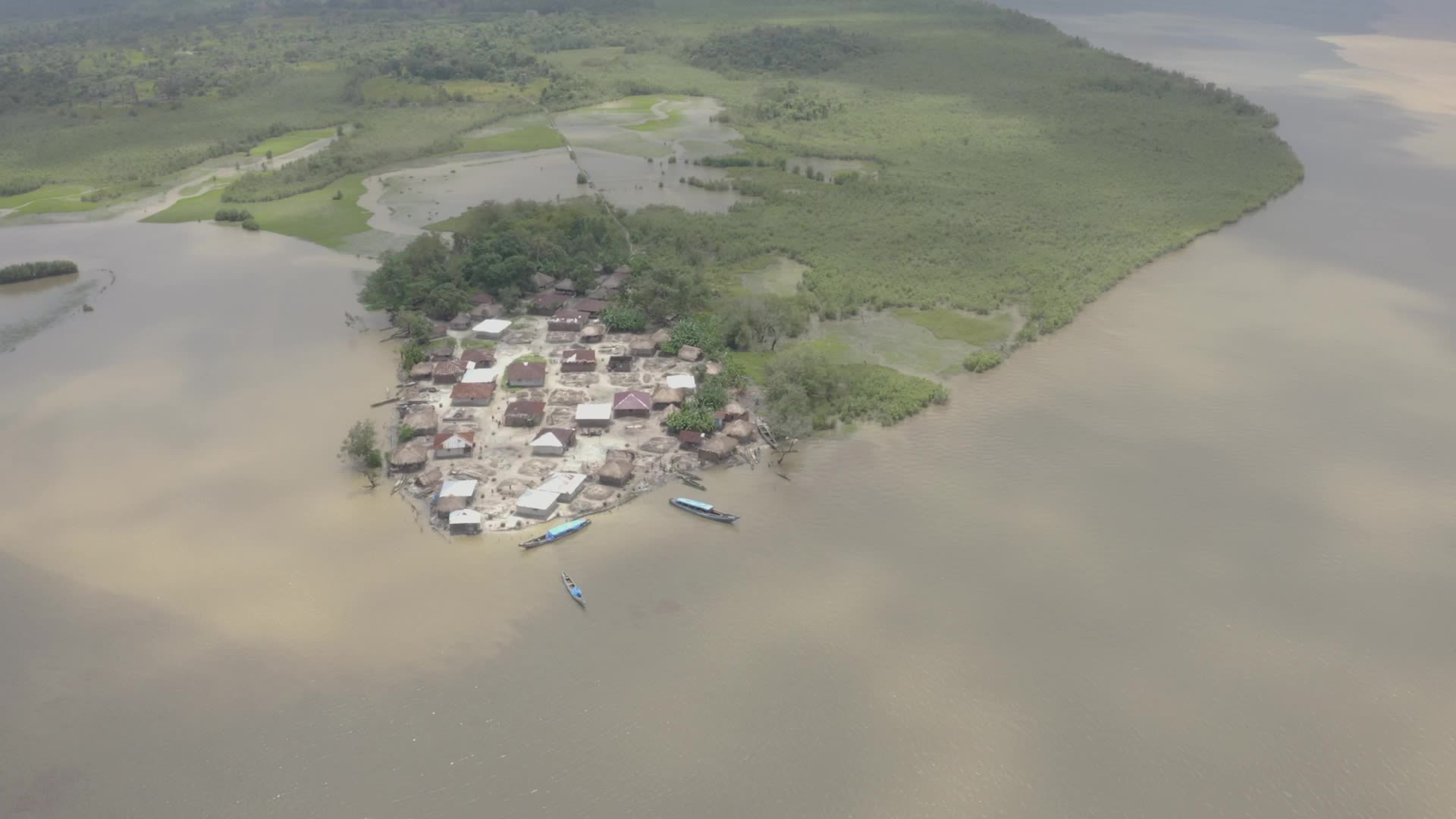
Climate change affects us all – and especially those least responsible for it: CHILDREN
- Nearly every child alive now faces at least one climate shock a year, such as a cyclone or heatwave.
- Half the world’s children – over 1 billion – are at extreme risk from climate-related events.
- Children born in 2020 will face on average 2-7 times more extreme weather and climate events than their grandparents.

Graphic explaining the generational inequality caused by the climate crisis. Save the Children.
Graphic explaining the generational inequality caused by the climate crisis. Save the Children.
This situation is deepening inequality in children’s lives and threatening their fundamental rights, especially for those living in poverty.
- Many are forced to leave home, get married, work or fight in wars.
- Droughts are destroying family crops and causing hunger.
- Flooding is ruining schools and learning opportunities, and hurting children’s health through waterborne diseases.
Keep scrolling or use the navigation buttons to discover the true impact of climate change on children.
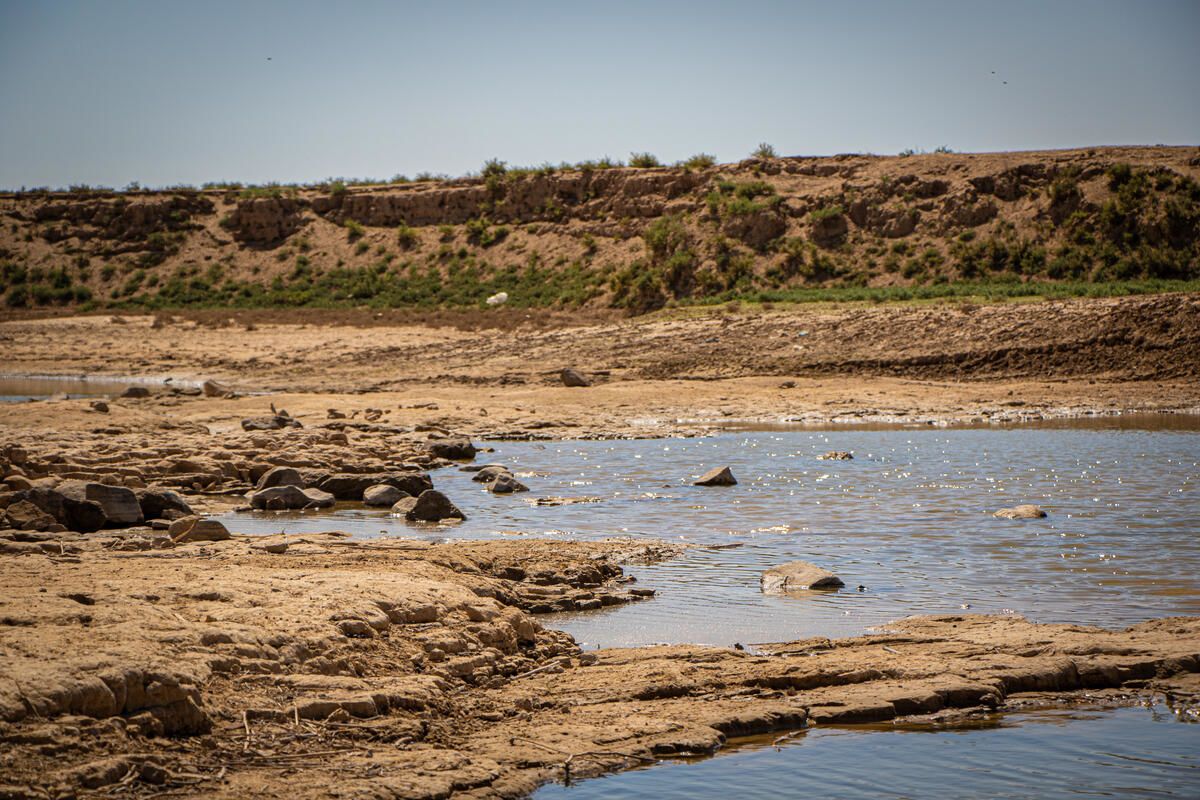
The climate crisis around the world
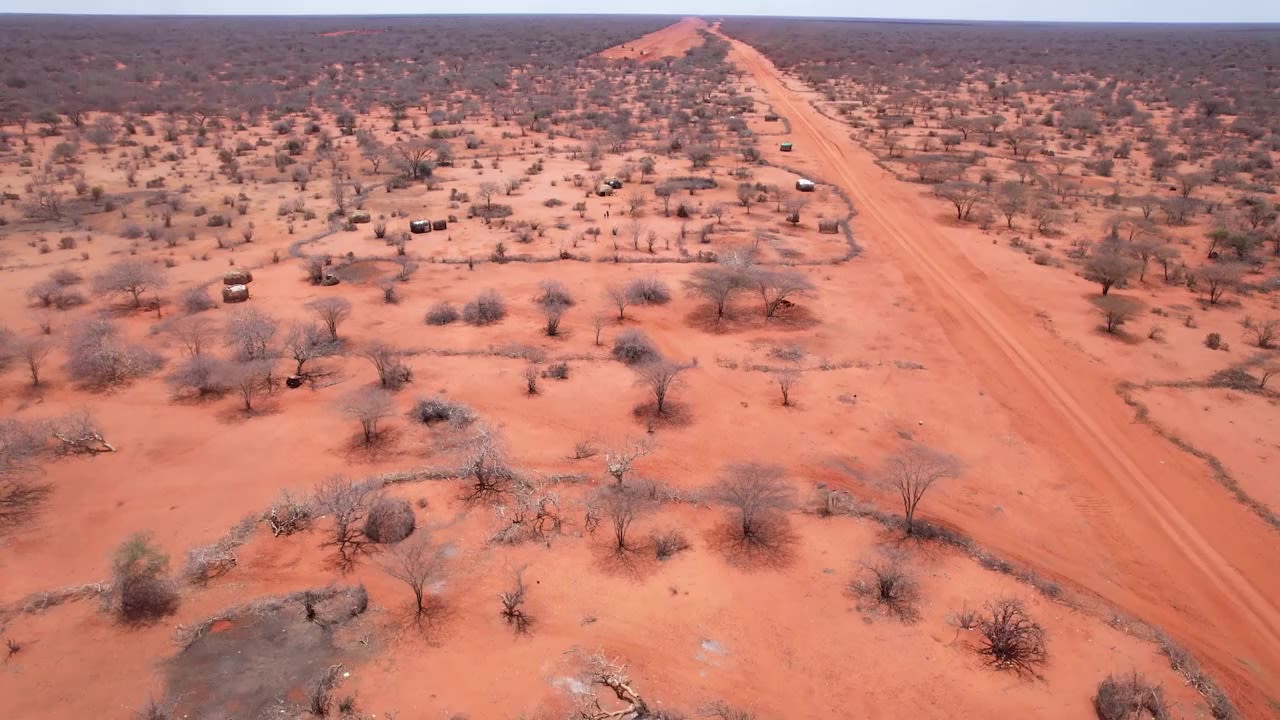
Asfa, Lee Roy, Walmar and Justina have suffered the effects of climate change first-hand.
They have seen their homes destroyed by floods and storms, their crops killed by droughts, and family and friends fall ill due to the heat.

Afsa, 9, Bangladesh
We suffered a lot during the flood. Kids cannot play during floods. Many people do not get food during floods.

Lee Roy,15, Vanuatu
I don’t think
climate change is good for us because a lot of people will be left with no water and no food.

Walmar, 11, Guatemala
It does not rain very much, and in summer, it does not rain at all. In summer, it's very hot and there is less food.

Justina,16, Zambia
When it’s too hot, I faint.
Last week, I fainted because of the heat. I was at school [when it happened] and I felt embarrassed.
FLOODS & DROUGHTS
Globally, an estimated 1.2 billion children live in an area at high risk of flooding, severe drought, or other climate threats.
Most of these children's families also depend on agriculture for their livelihoods, particularly in South Asia and Sub-Saharan Africa.
However, as temperatures rise, the frequency and intensity of floods and droughts will also increase, affecting agricultural land, and therefore impacting children's ability to survive, learn and feel protected.
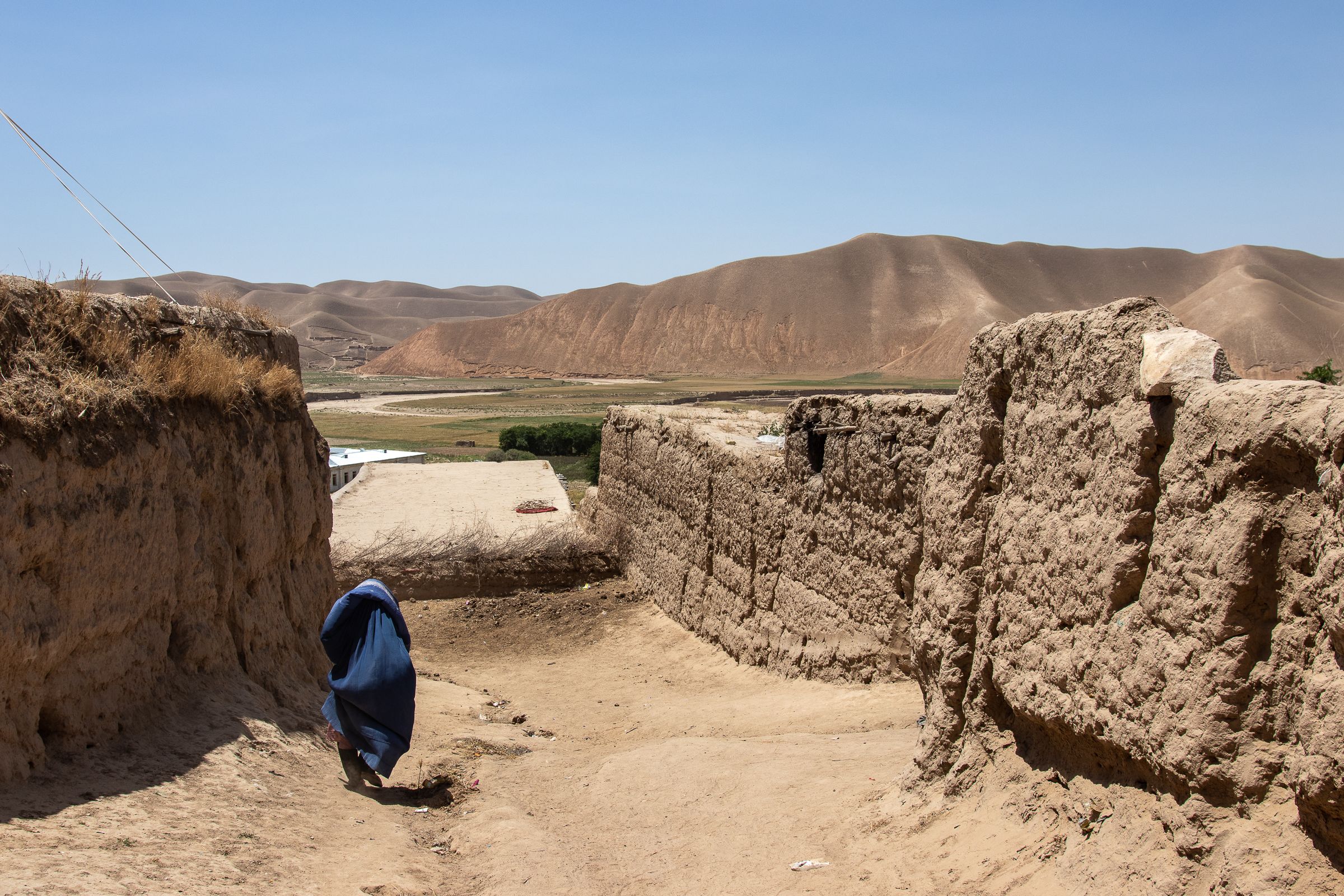
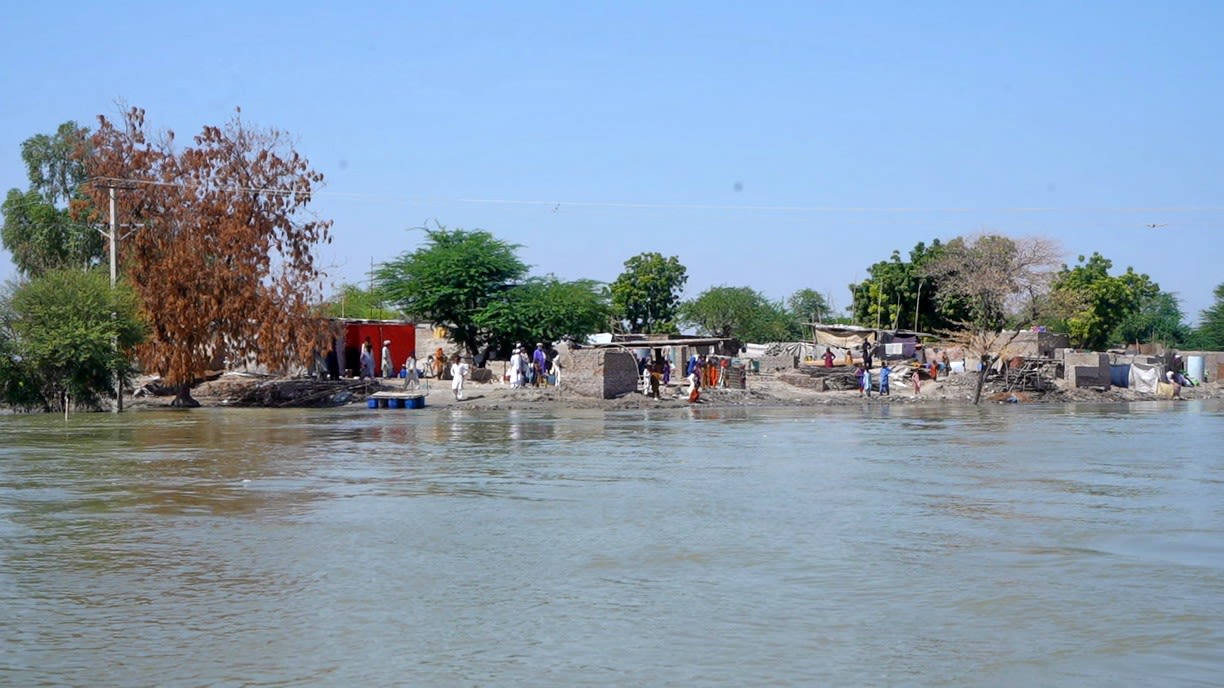
FLOODS IN BANGLADESH
Afsa's story
Afsa lives with her family in a village in Sylhet, Bangladesh. This part of Bangladesh is especially vulnerable to climate change due to it being a flood-prone area.
In 2022, a devastating flood washed through Afsa’s home, preventing her from going to school and causing her and her brothers to get ill.
We suffered a lot during the flood. Kids cannot play during floods.
Afsa took matters into her own hands and worked with her brother to save as many animals as they could using a boat.
I like chickens a lot, that’s why.
During the floods, Ruly, Afsa's mother, was given an emergency cash transfer from Save the Children's local project called "Suchana".

Ruly Begum with her children Afsa, 9, Sururdhy, 11 and Pabel, 14, in Sylhet, Bangladesh. Fabeha Monir/Save The Children
Ruly Begum with her children Afsa, 9, Sururdhy, 11 and Pabel, 14, in Sylhet, Bangladesh. Fabeha Monir/Save The Children
These cash transfers allowed them to buy more ducks and repair their home, helping them recover from the impact of the floods.
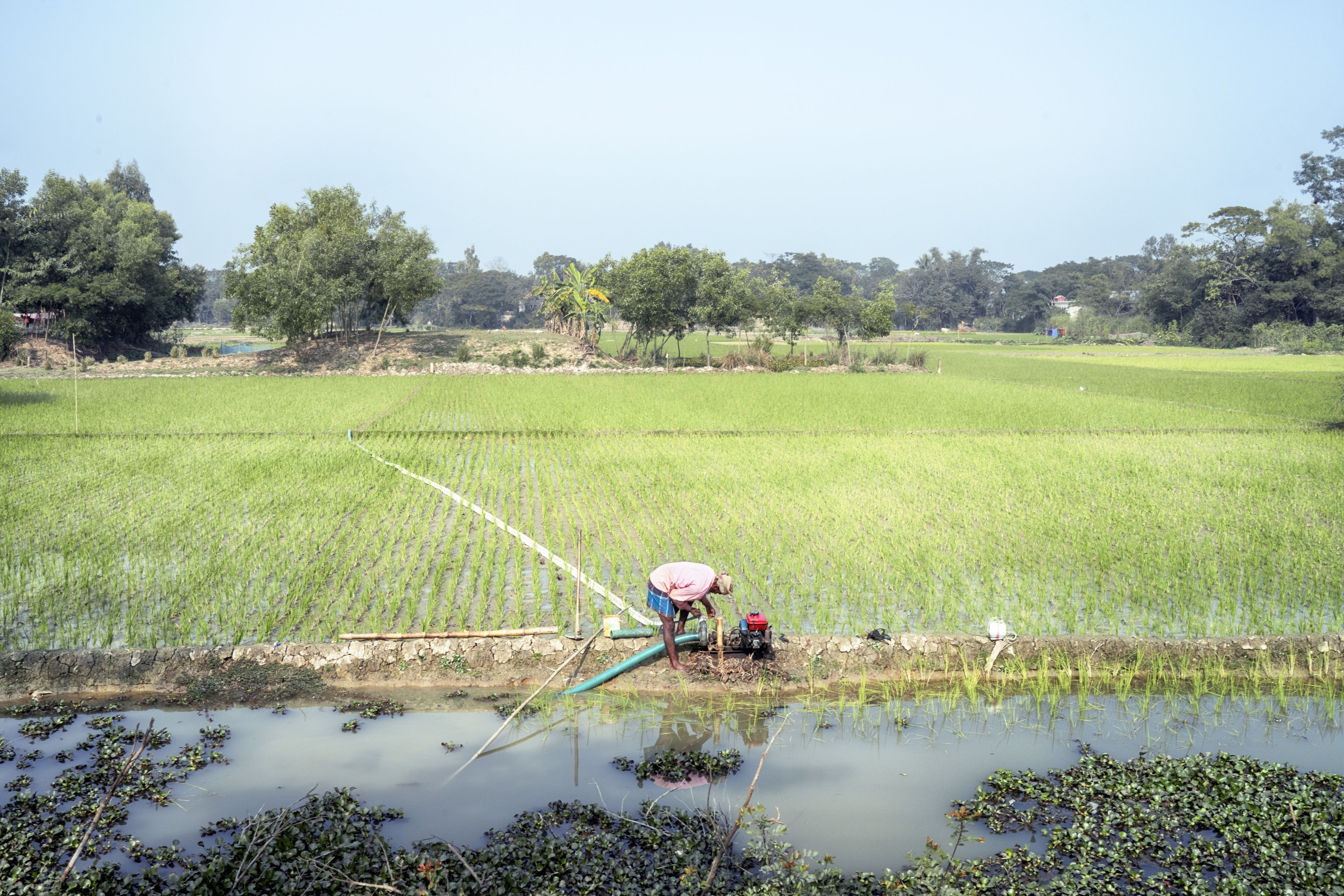
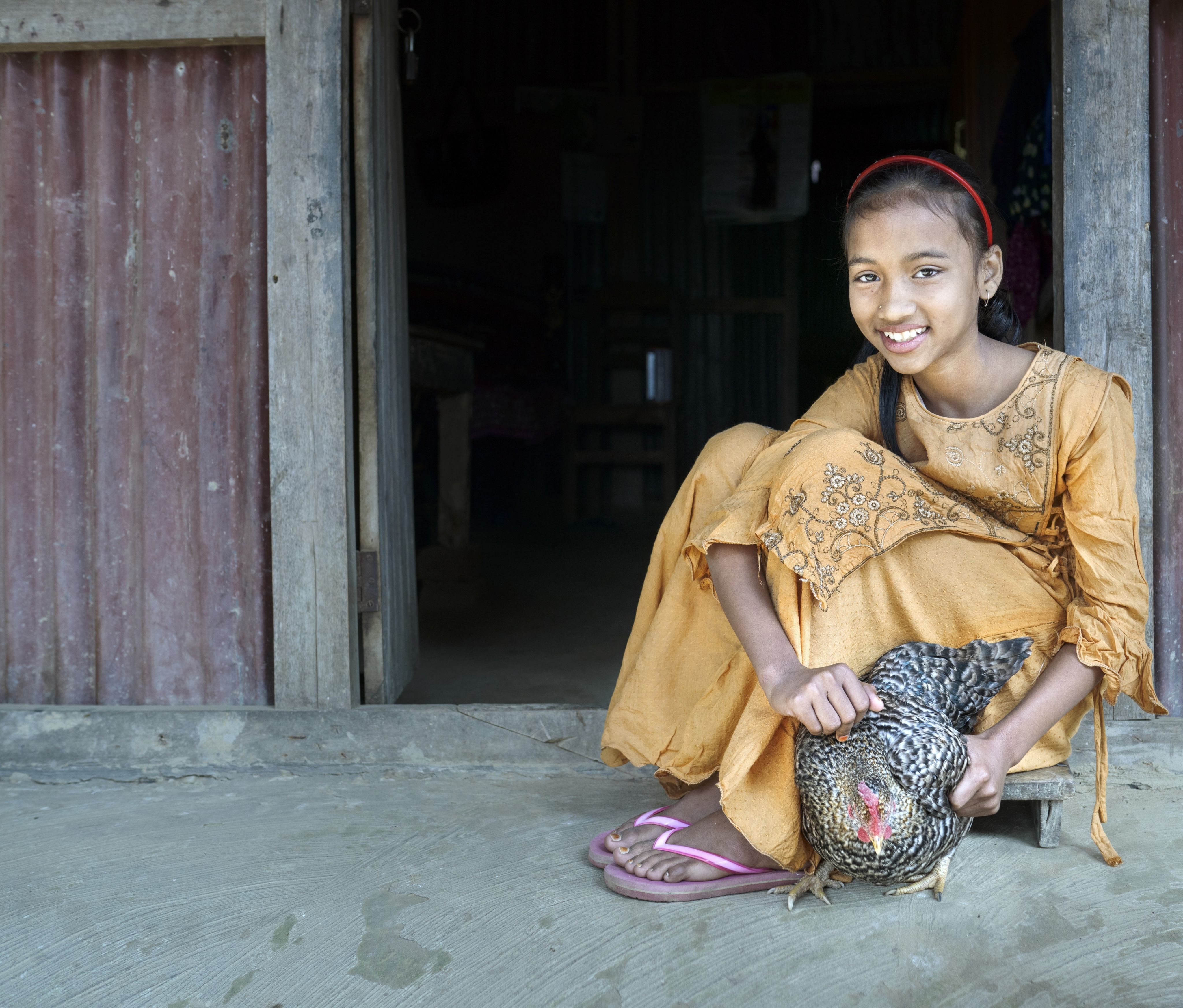
DROUGHT IN GUATEMALA
Walmar's story
Walmar* lives with his family in The Dry Corridor: a region in Guatemala that is vulnerable to drought.
.Guatemala is among the world’s 10 most vulnerable countries affected by climate change. Changing weather and a lack of rain has made it more difficult to grow crops.
When I was little, around 12 years old, my dad used to grow corn. It would grow so tall and didn’t even need fertiliser. Now, we can’t grow anything.
Walmar’s* parents used to cultivate crops where they live, but due to climate change and more extreme droughts, they can’t grow as much anymore.

Walmar*, 11, with his mum, Maria, baby sister, Aruna, seven months, little brother Dairon, 10, and little brother Aslian, three - outside their home in the Dry Corridor region of Quiche, Guatemala. Luisa Dörr / Save the Children
Walmar*, 11, with his mum, Maria, baby sister, Aruna, seven months, little brother Dairon, 10, and little brother Aslian, three - outside their home in the Dry Corridor region of Quiche, Guatemala. Luisa Dörr / Save the Children
Walmar* and his family received cash transfers from Save the Children. This money helped them buy food in the summer when they couldn’t grow any.
The kids were so excited to go shopping to buy food. They would run to the market with me
Cash transfers help people meet their urgent needs such as food, and invest in their livelihoods, and in their children's futures.
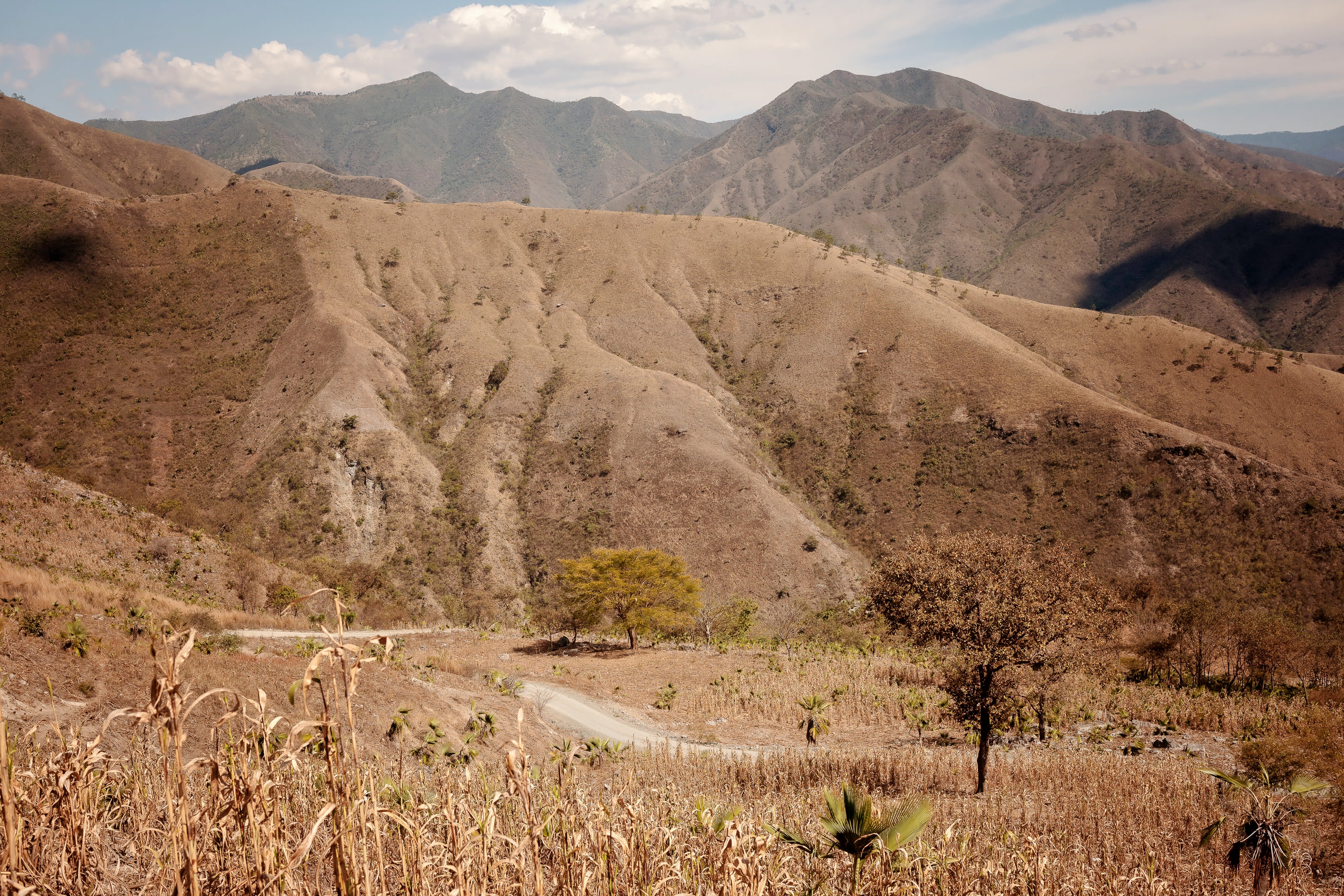
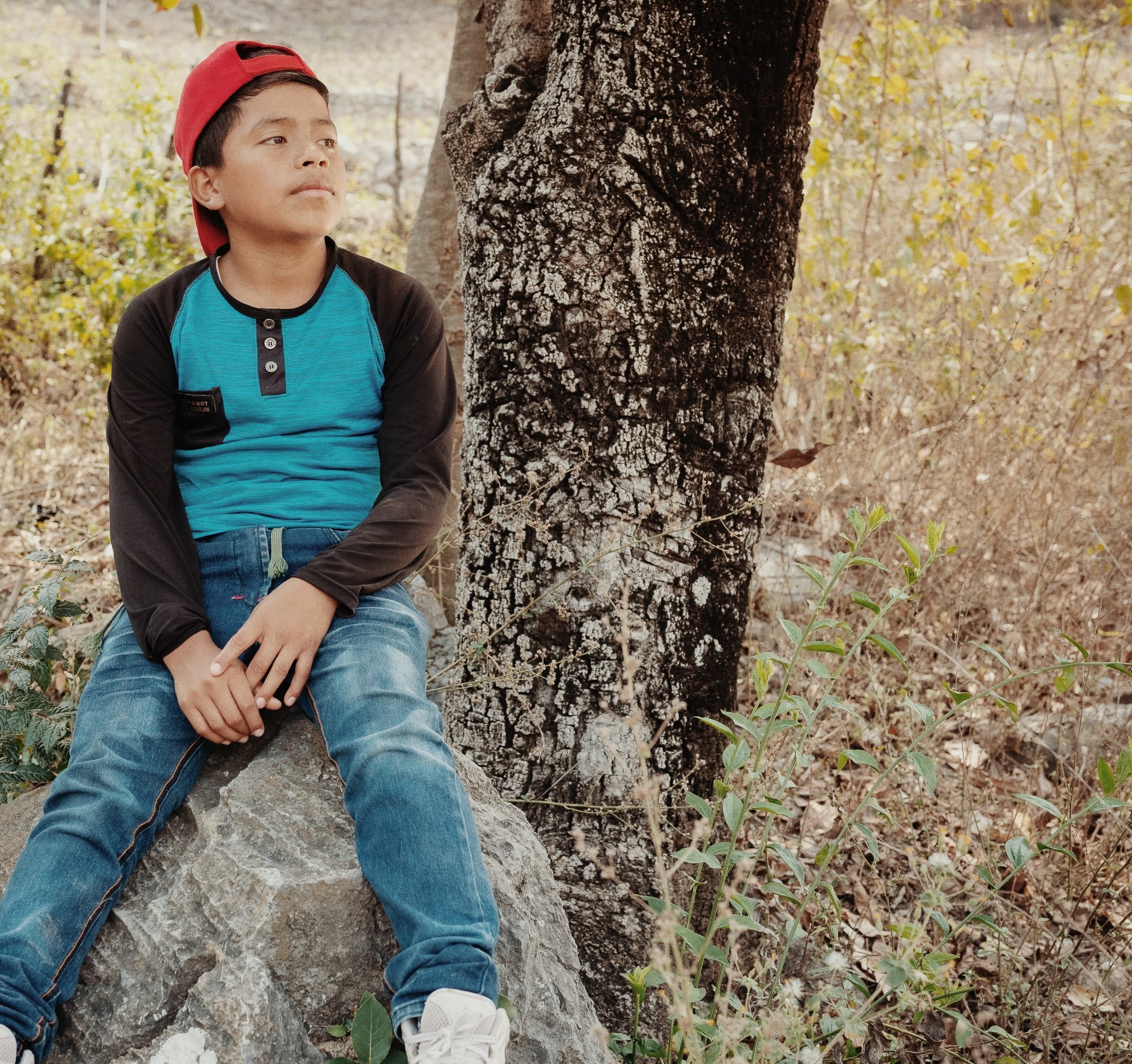
TROPICAL STORMS
A tropical storm is a very powerful weather system characterised by strong winds and heavy rainfall that can be disruptive and dangerous.
Tropical storms can be life-threatening as well as cause serious hazards such as flooding, storm surges, high winds and tornadoes.
Children are especially vulnerable to the immediate effects of severe storms – they can be easily swept away in floods, killed by collapsing buildings or hit with lethal flying debris.
Children may also not know how to swim yet or be too weak to fight against the tide.
Tropical storms also lead to water-borne diseases, which hurt children's health, hampering their ability to thrive and learn.
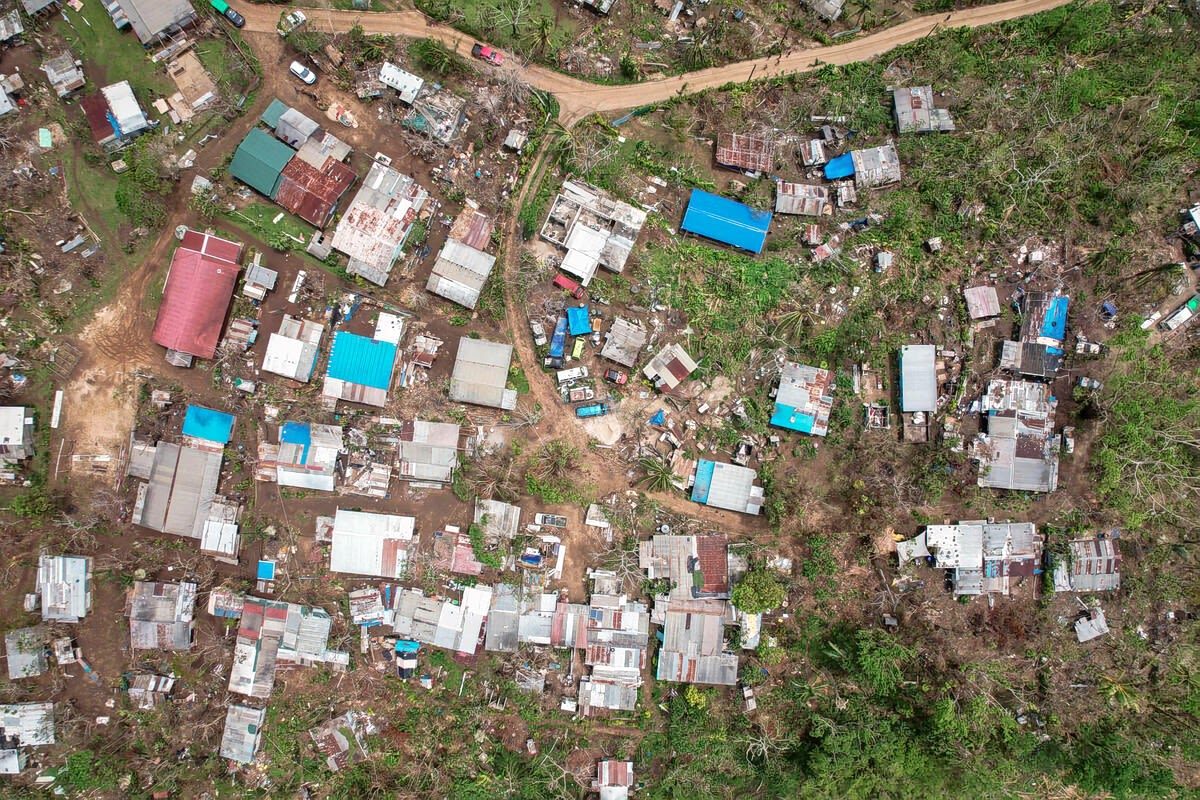
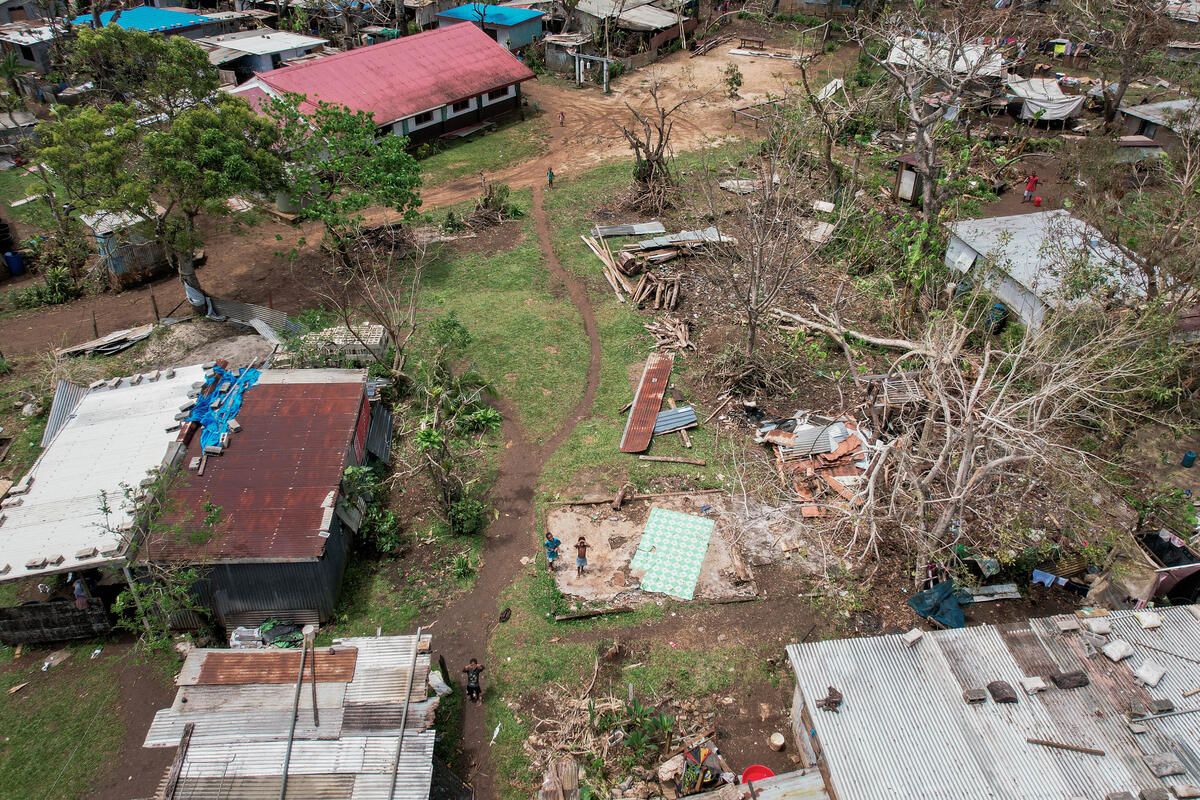
CYCLONES IN VANUATU
Lee Roy's story
On the 1st and 3rd March 2023, Lee Roy hid with his family while Tropical Cyclone Judy and Tropical Cyclone Kevin hit the Pacific Island nation of Vanuatu.
The teenager experienced first-hand the damage caused by a changing climate:
[As a result of the tropical storms], there were a lot of leaks in the houses [in our community] and roofs came off...
His family’s toilet shed was also destroyed and their road was inaccessible due to fallen tree branches.
Lee Roy and his friend Rachel believe that combatting climate change is imperative to their community’s future.
These tropical cyclones have a big impact on our lives in terms of water and food [...] I don’t think that climate change is good for us because a lot of people will be left with no water and no food.
Lee Roy and Rachel are helping combat climate change by picking up rubbish and planting mangroves along the coast (which helps to reduce the impact of rising sea levels).
Rachel and Lee Roy talking about the impact of the climate crisis to their community in Vanuatu and what they are doing to help.
Rachel and Lee Roy talking about the impact of the climate crisis to their community in Vanuatu and what they are doing to help.
They hope more people in their community will join their efforts in trying to mitigate the climate crisis.
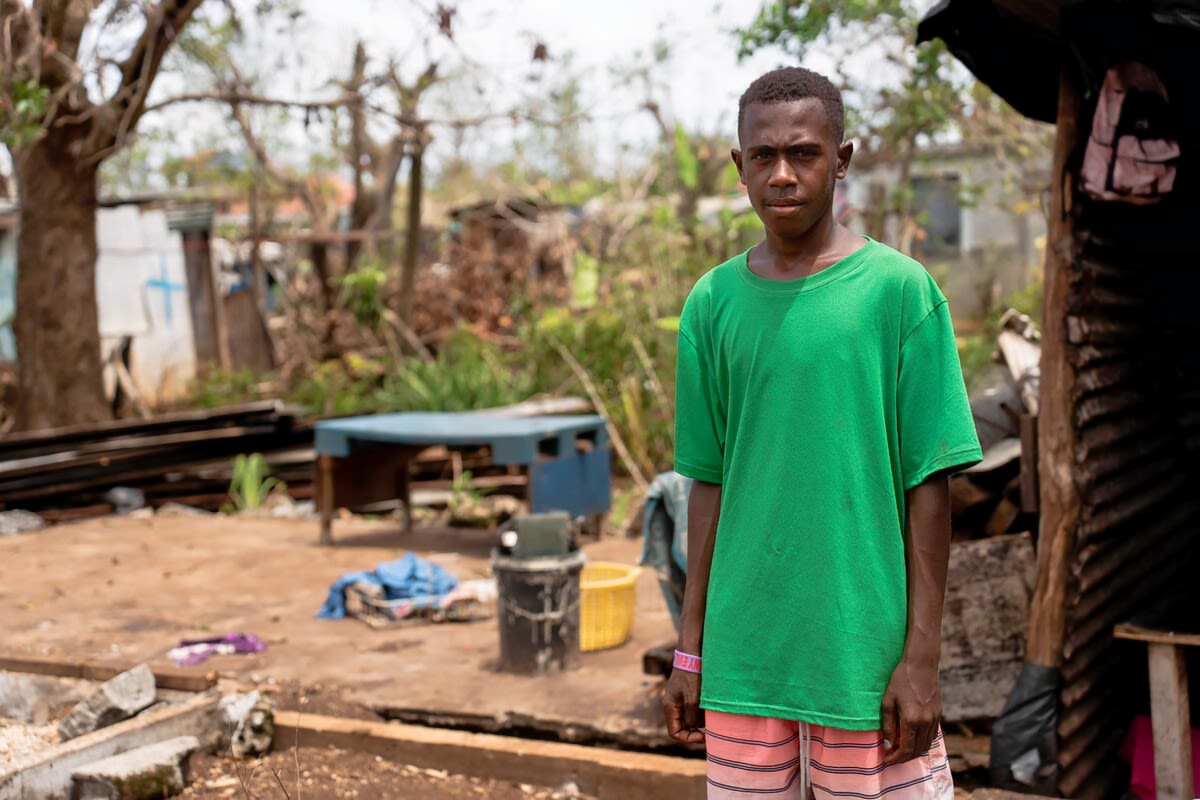
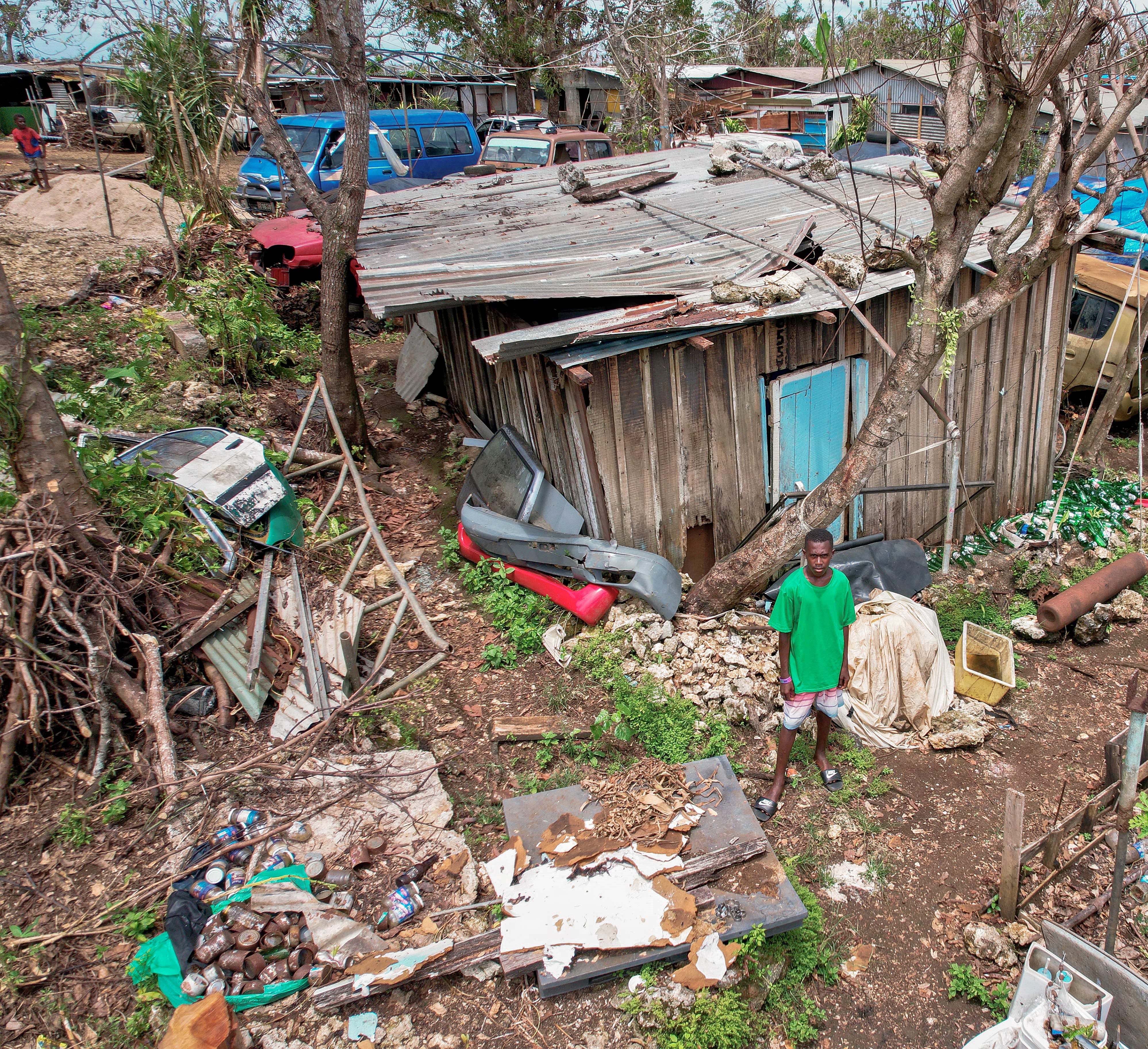
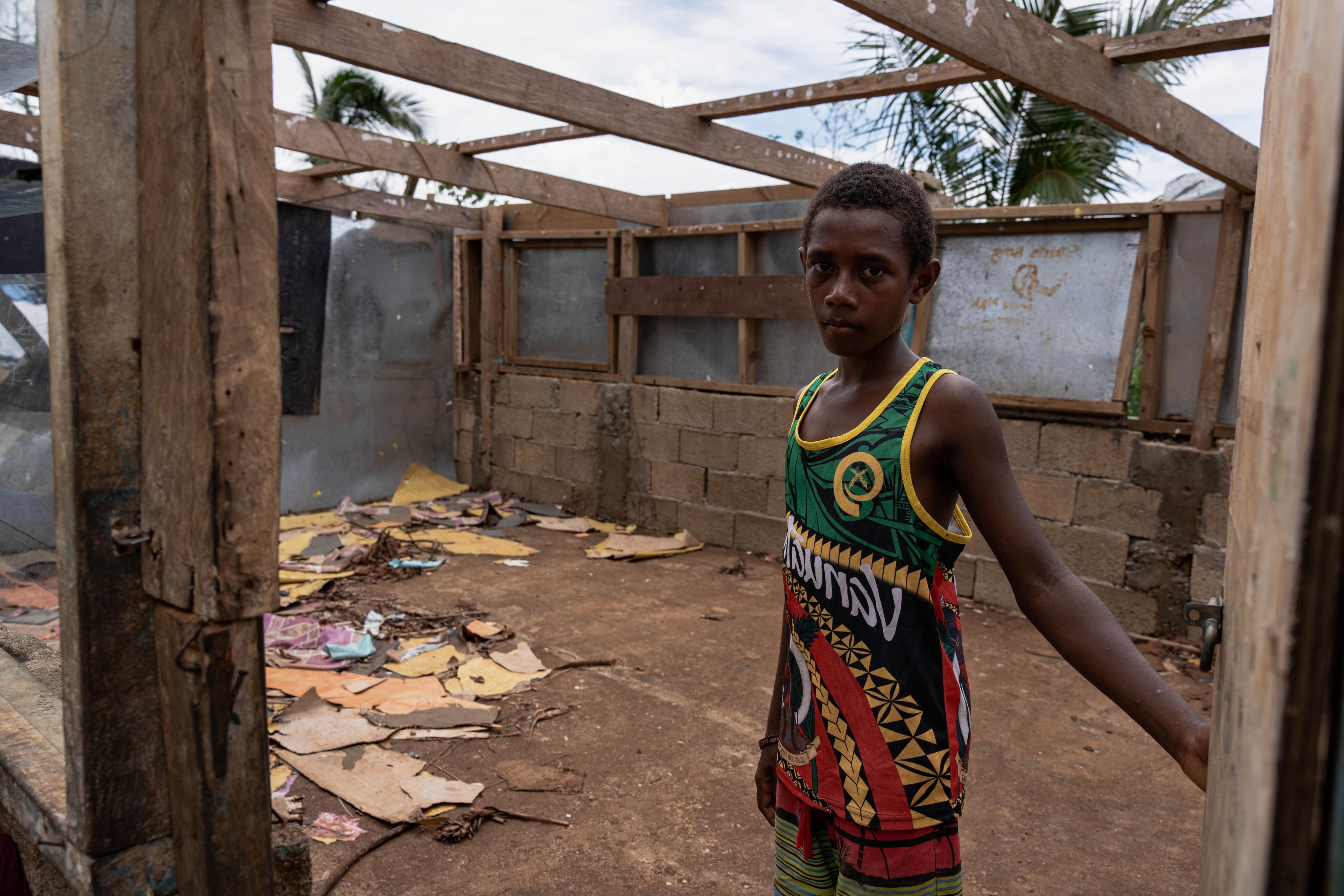
HEATWAVES
As temperatures soar across the world, extreme heat is putting children’s health at risk, locking them out of education and making them increasingly anxious about their futures.
This past summer saw record-breaking temperatures across many countries in Asia, Europe, the Americas and Africa, with children affected by poverty, inequality and discrimination disproportionately affected.
A research report released by Save the Children in partnership with Vrije Universiteit Brussels, Born into the Climate Crisis, found children born in 2020 face on average 7 times as many scorching heatwaves as their grandparents!
The El Niño weather pattern is also triggering extreme weather events including heatwaves and is likely to trigger a new spike in global heating.
Heatwaves make children sick, they stop them from learning and playing and leave them hungry and in distress.
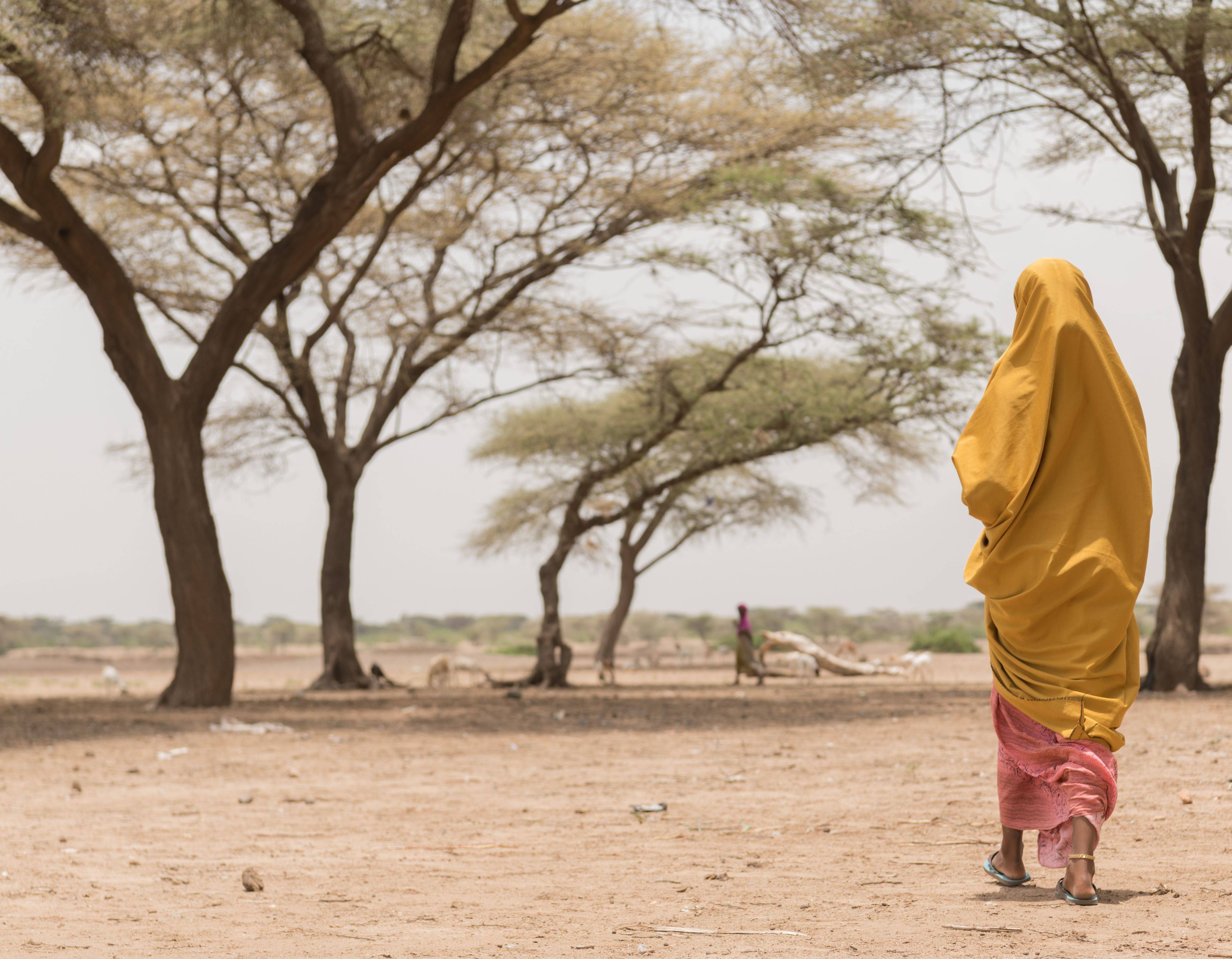
HEATWAVES IN ZAMBIA
Justina's story
Justina, 16, lives with her family in Lusaka, Zambia. She’s a climate change activist who has seen weather become more extreme in recent years.
Her community has been experiencing extreme heat throughout the summer months. It’s so hot that food goes bad and, because people can’t afford to buy refrigerators, many community members get sick.
[A lot of] children aren’t going to school because of diarrhea. They’re suffering from that. It’s hot and they’re not eating anything or [they’re eating food that has gone bad].
The extreme heat is also affecting children's learning. As a result of the high temperatures, students at school are not concentrating and are even fainting – including Justina!
At school, we’ve been having many fainting cases. My friend fainted on Friday. Me, I fainted on Monday. It’s bad.
Justina is worried that climate change will hinder the futures of children around the world.
The scary part about climate change is that it’s hindering our future. We’re not getting the education that we’re supposed to get.
She’s hopeful that by raising awareness in her community, people will be encouraged to plant trees, take public transportation, and become more climate-conscious.

16-year-old Justina, a child climate activist, pictured in front of her house in Zambia. Cynthia R Matonhodze / Save the Children
16-year-old Justina, a child climate activist, pictured in front of her house in Zambia. Cynthia R Matonhodze / Save the Children
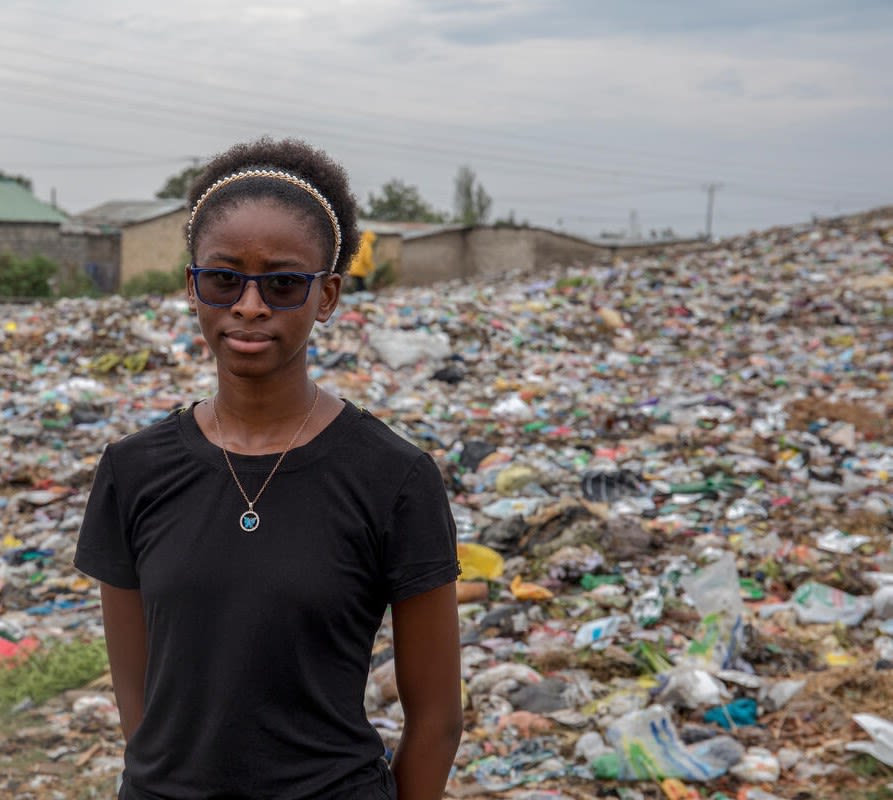
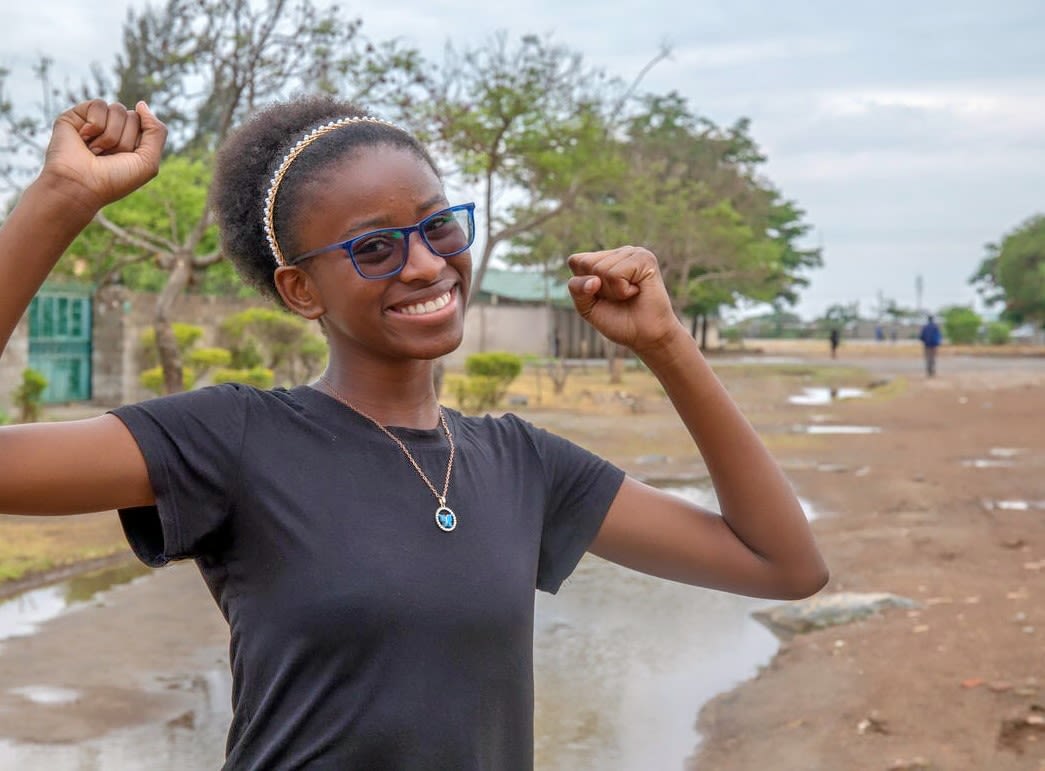
The effects of climate change on children
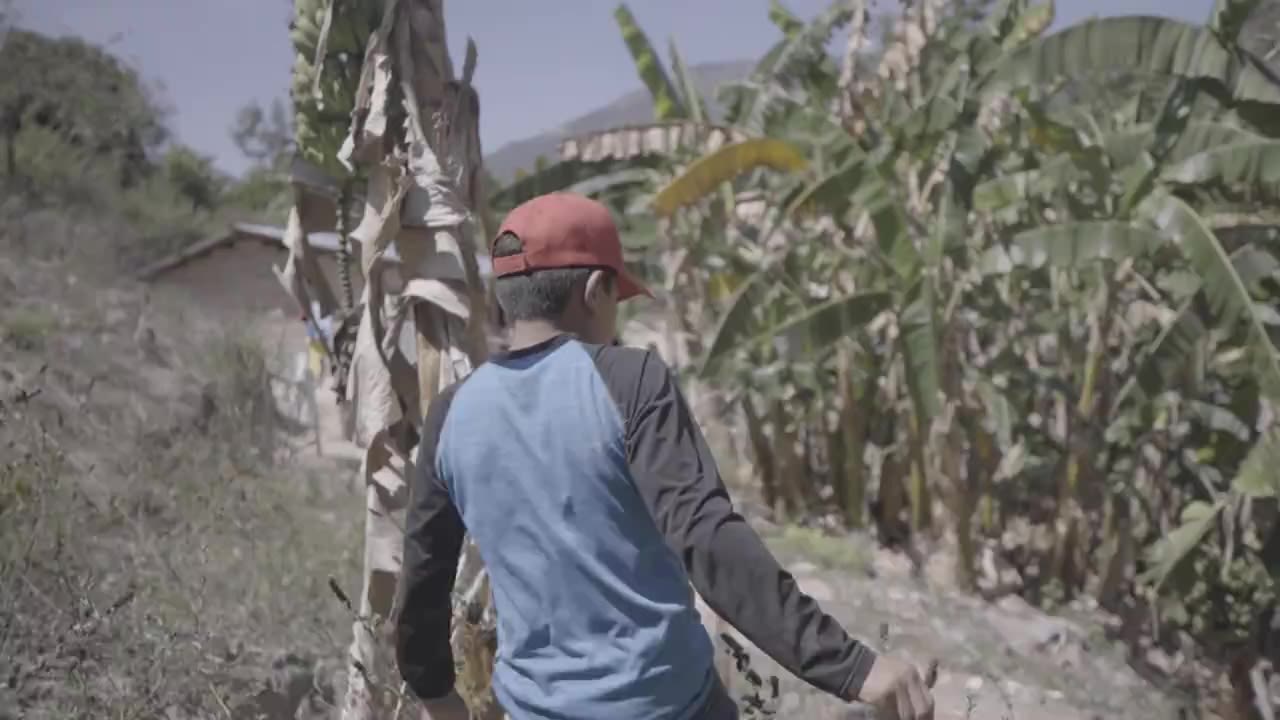

Temor*,12, Afghanistan
We eat three times a day but only pieces of bread. Before, we were eating some good things.

Sarah*,11, Malawi
The journey pained my parents and me so much, because we lost all our food due to floods.

Saeda*,16, Ethiopia
One of my friends lost their livestock after the drought & her father agreed to marry her off to a much older man.
Children are facing more extreme weather in an increasingly unequal world.
They are being pushed further into poverty, with the most vulnerable often being hit the hardest.
- 828 million people are going to bed hungry every night
- 9 million girls are facing the dual threat of climate disaster and child marriage every year
- Millions of children are abandoning their homes in search of safer places to live
HUNGER IN AFGHANISTAN
Temor's story
The worst drought in 30 years is wiping out crops, livestock and water resources in Afghanistan.
This, coupled with a crippling economic crises, has led to unprecedented levels of hunger and malnutrition:
- 2 in 3 people across the country are in need of humanitarian aid.
- 15.3 million people are facing food insecurity, with many families, like Temor's*, living on bread and water for weeks at a time.
- 41% of children under 5 are facing acute malnutrition
Temor*, 12, lives with his mother Sonia* and two brothers and sister Samera* (7 months) in a single room home made from mud in Faryab province, northern Afghanistan.
Sadly, his family has not gone unscathed. The lack of employment and rise in food prices have meant Sonia* cannot buy enough food for her children.
We eat three times a day but only pieces of bread. Before, we were eating some good things. [Now], sometimes we can find bread and sometimes we can’t.
As a result, Temor's* younger siblings have been impacted by malnutrition - Samera*, who is 7 months old, only weighs 3.6kg and his two-year-old brother Sultan* still cannot walk.
Samera* and Sultan* are now receiving treatment for malnutrition at a Save the Children mobile clinic, which visits their community regularly.
But millions of other children aren't as lucky.
Without enough food or the right nutrition, children can’t learn, play, or grow. Hunger not only devours children’s dreams, it threatens their survival.
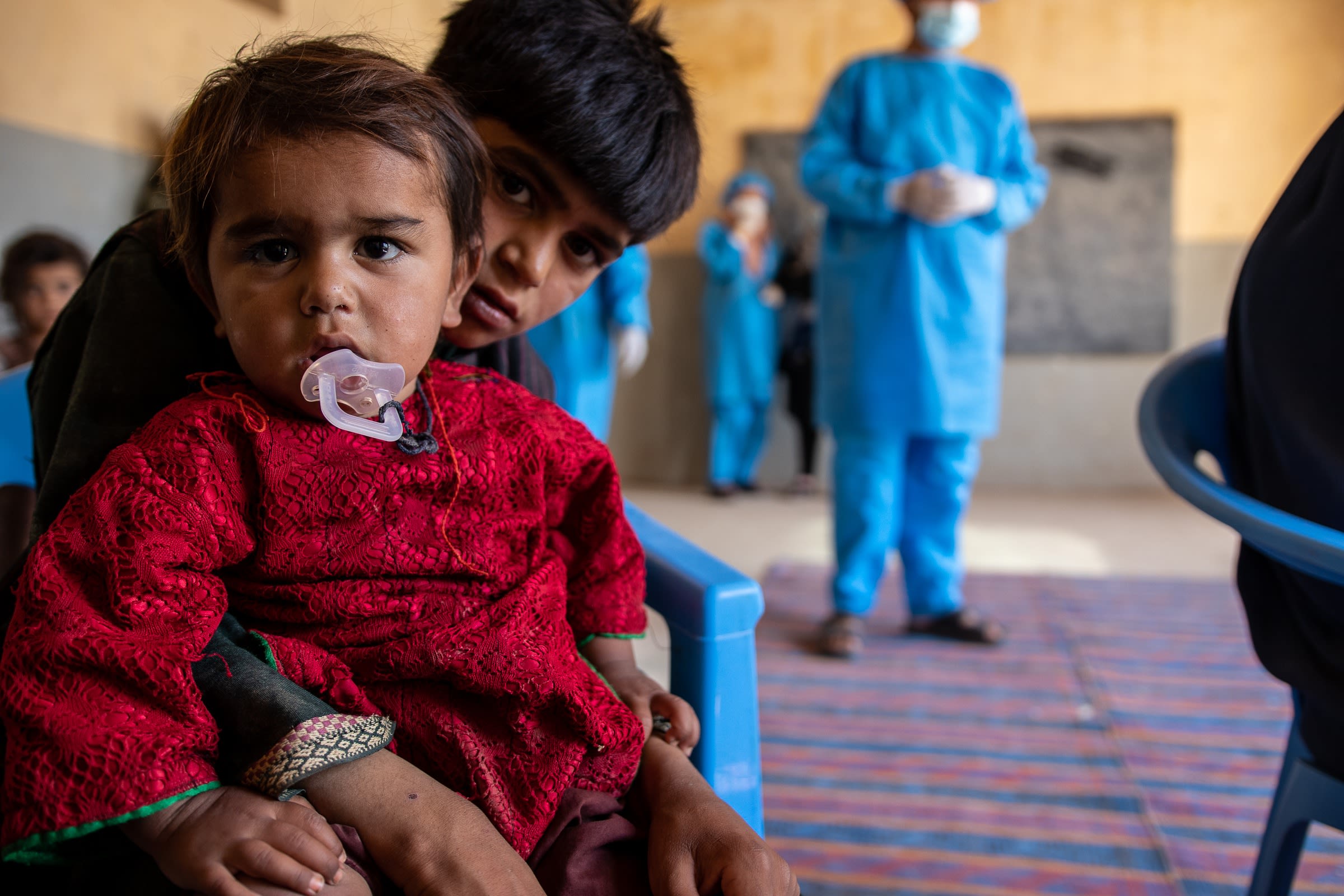
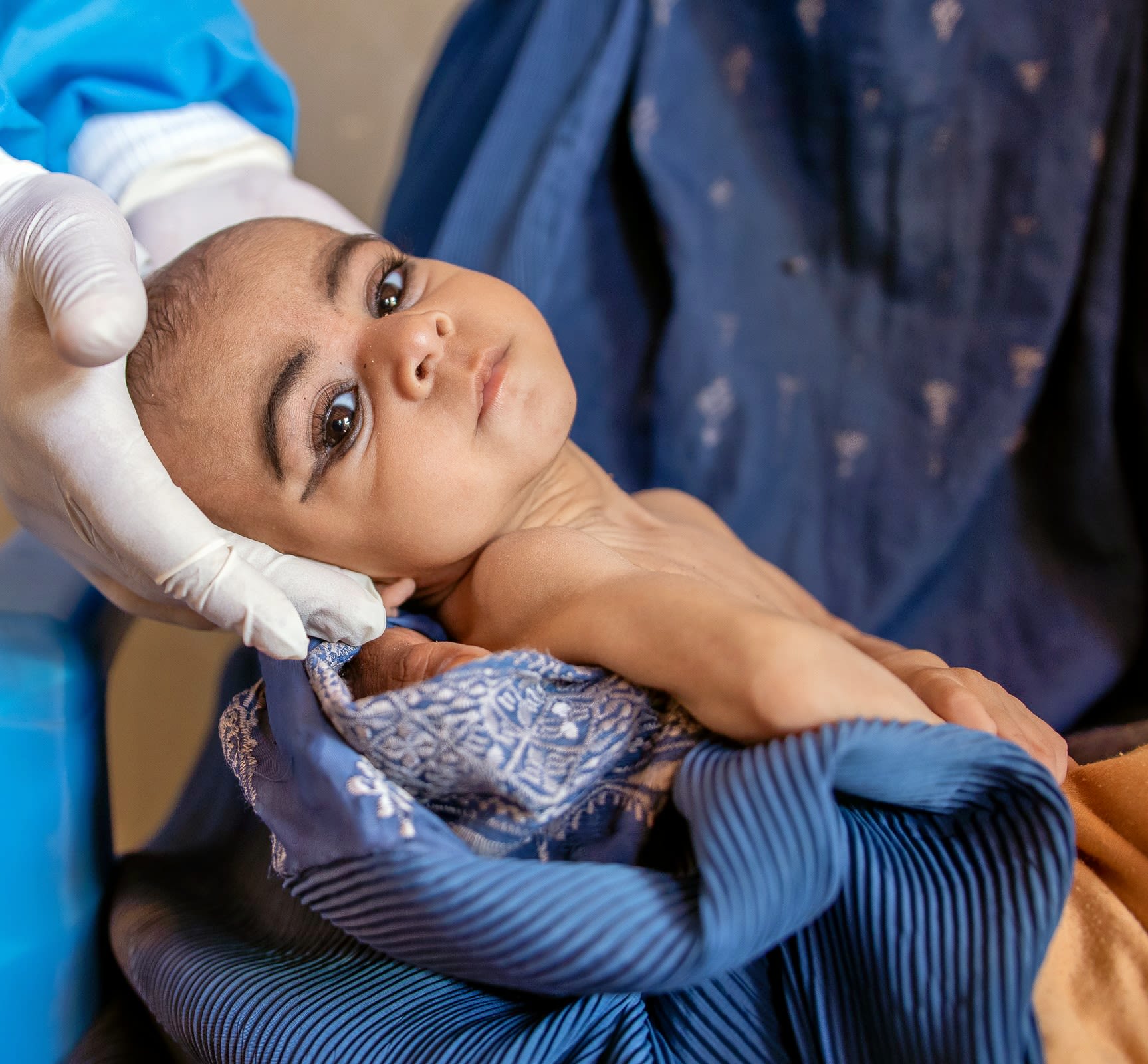
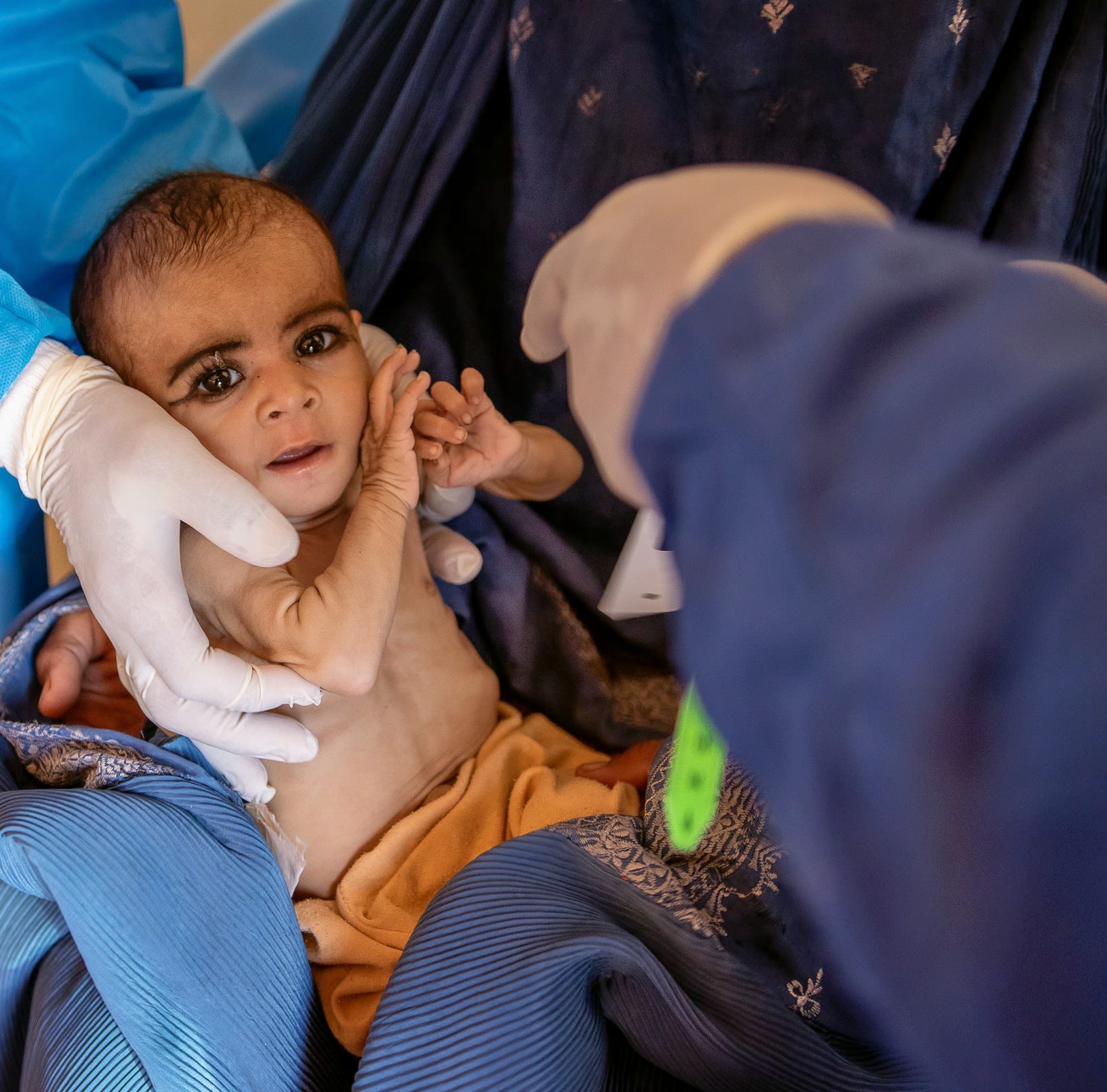
DISPLACEMENT IN MALAWI
Sarah's story
Sarah, 11, from Malawi, knows how damaging floods can be all too well.
Her family was displaced from her home in January 2022 when cyclone Ana forced the Shira River to burst its bank, flooding her home and all of the surrounding land.
They left with nothing but the clothes on their back and settled in a refugee camp that is supported by a number of charities, including Save the Children.
I felt very painful taking that journey despite that I know how to swim especially because we had to travel at night, which was unusual to me.
Save the Children provided Sarah with psychological support to help her manage her feelings. Despite this, she still misses home, but hopes to go back some day. e w

Sarah, 11, creating a map of where she used to live on dried up flood land, Malawi. Thoko Chikondi / Save the Children
Sarah, 11, creating a map of where she used to live on dried up flood land, Malawi. Thoko Chikondi / Save the Children
Sarah knows that the floods are happening because of climate change.
She sings songs and reads poems about climate change to raise awareness about the issues it causes.
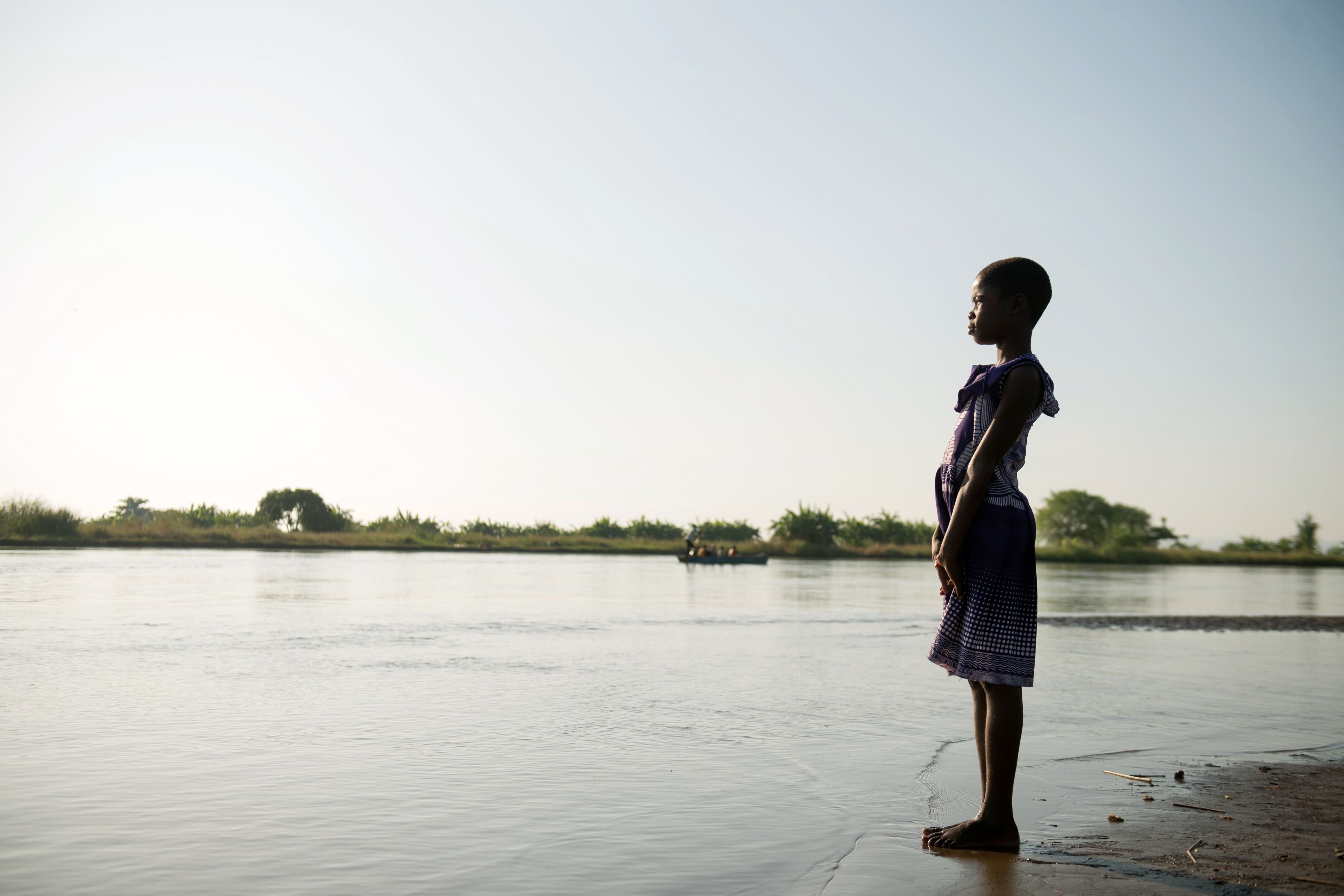
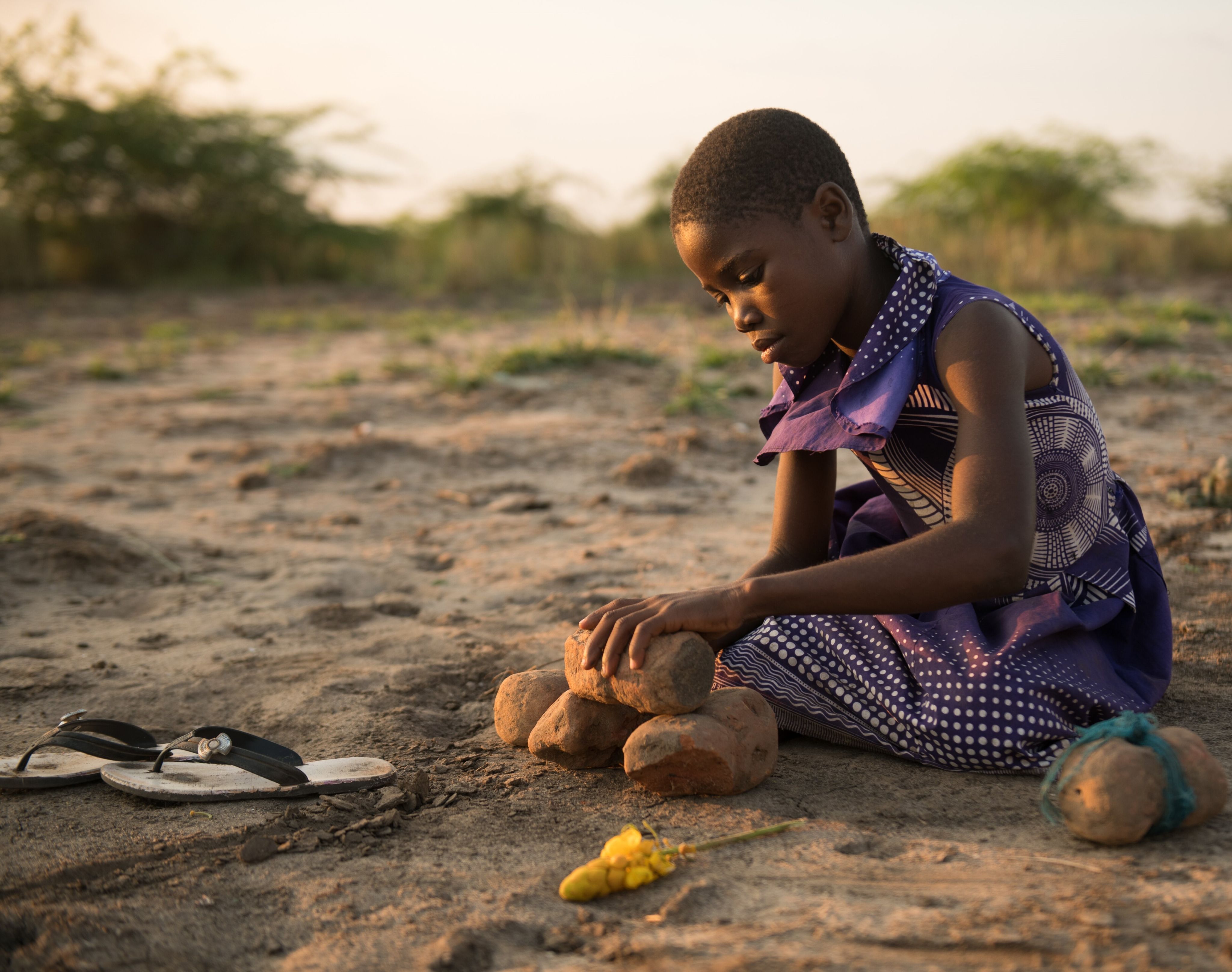
CHILD MARRIAGE IN ETHIOPIA
Saeda's* story
Saeda* lives with her family in the Somali region of Ethiopia. They are pastoralists who depend on animals for their income.
As a result of droughts, they have been displaced, causing them to lose their home, cattle and therefore, their main livelihood.

A dry river bed in a displacement camp in the drought affected Somali region, Ethiopia. Maheder Haileselassie Tadese / Save the Children UK
A dry river bed in a displacement camp in the drought affected Somali region, Ethiopia. Maheder Haileselassie Tadese / Save the Children UK
Since moving to a less rural area, Saeda’s* family has struggled to get enough food and water.
Unfortunately, because our livestock died due to drought, some days, we feel hungry.
Saeda* has also witnessed the negative impact of drought on girls in her community. She noticed an increase in gender-based violence during water collection.
She also has friends who have been forced to drop out of school to marry due to the economic difficulties their families have been facing as a consequence of the severe drought.
She was terrified. She was not happy with the marriage. He treated her badly. He has money but doesn't give her any. He doesn't even allow her to go out with her friends.
Early marriage is still a significant problem in Saeda's* community, so she is passionate about doing something about it.
Saeda* is one of the youth leaders, together with her mother Rawda*, at one of the gender school clubs Save the Children helped set up.
They take part in community discussion forums about parenting without violence, with the aim of educating others on the negative risks associated with child marriage and FGM.
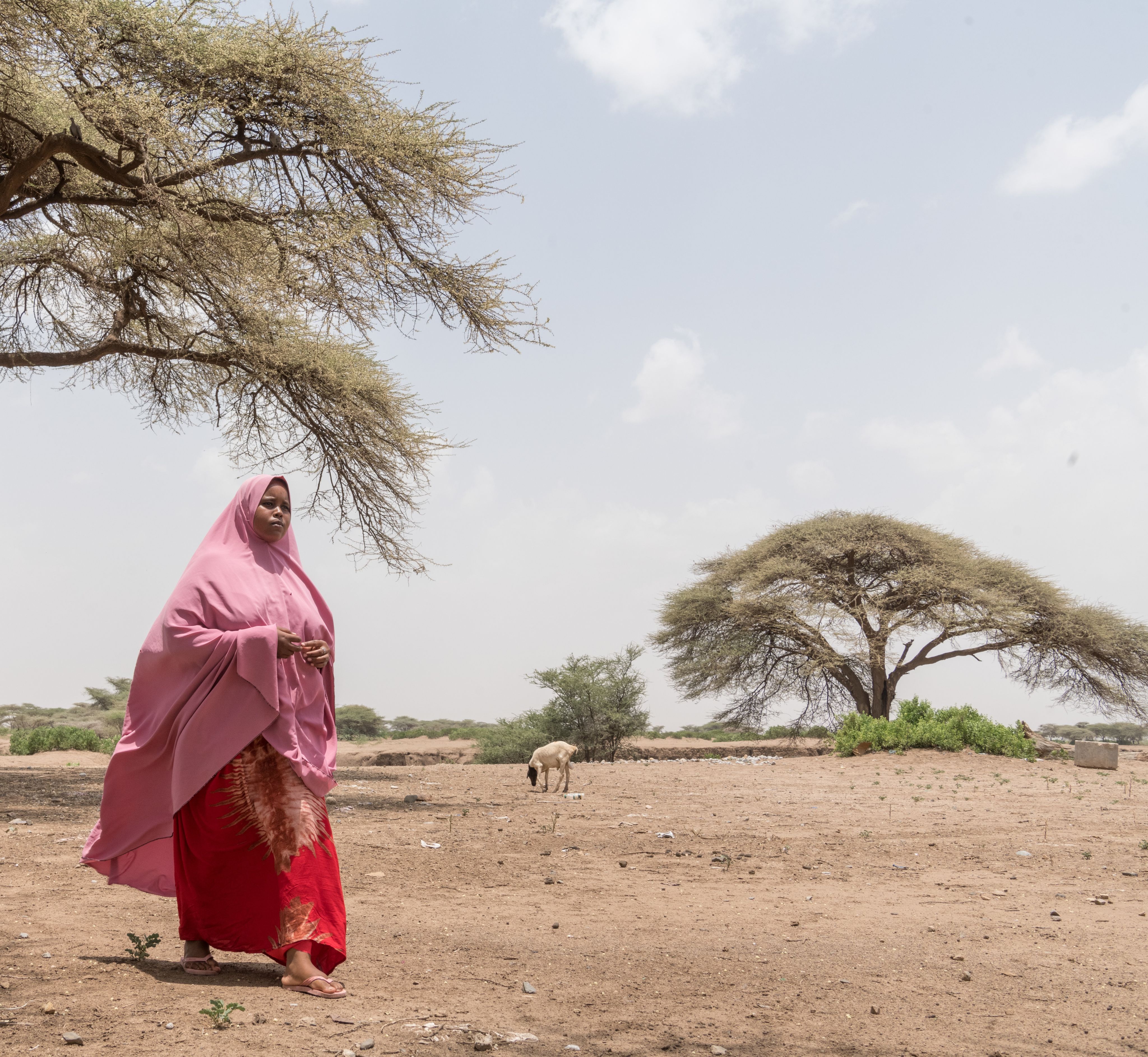
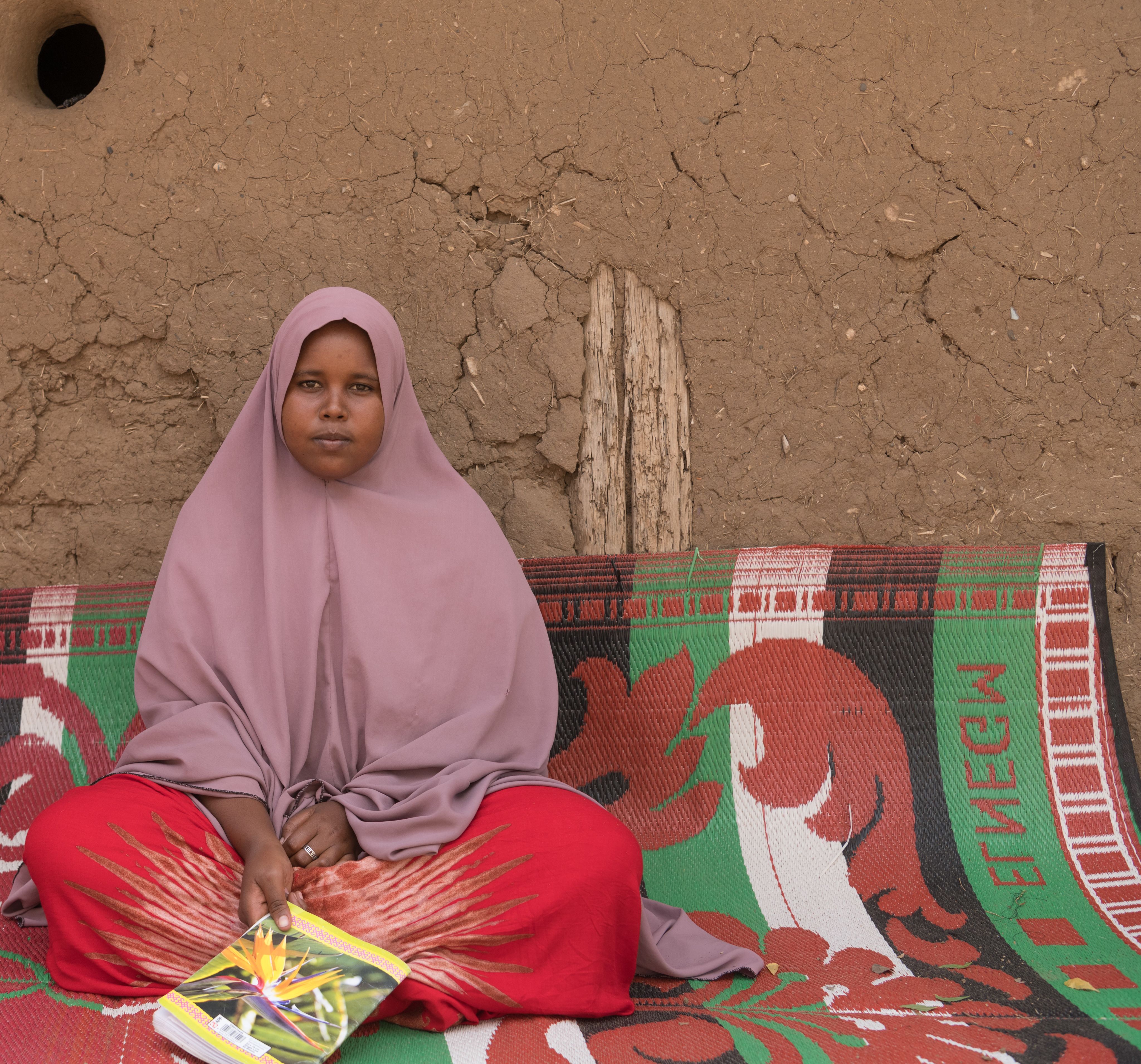
The climate crisis is deepening inequality in children’s lives and threatening their fundamental rights, especially for those living in poverty.
This is an emergency that cannot wait any longer.
As the world’s leading child rights organisation, we’re tackling climate across everything we do. Through broad collaboration and robust investment, we’re seizing this once-in-forever opportunity to secure a green and equal future for children everywhere.
CLICK THE RED BUTTON to discover how we are helping build communities' resilience worldwide whilst also amplifying children's voices.
